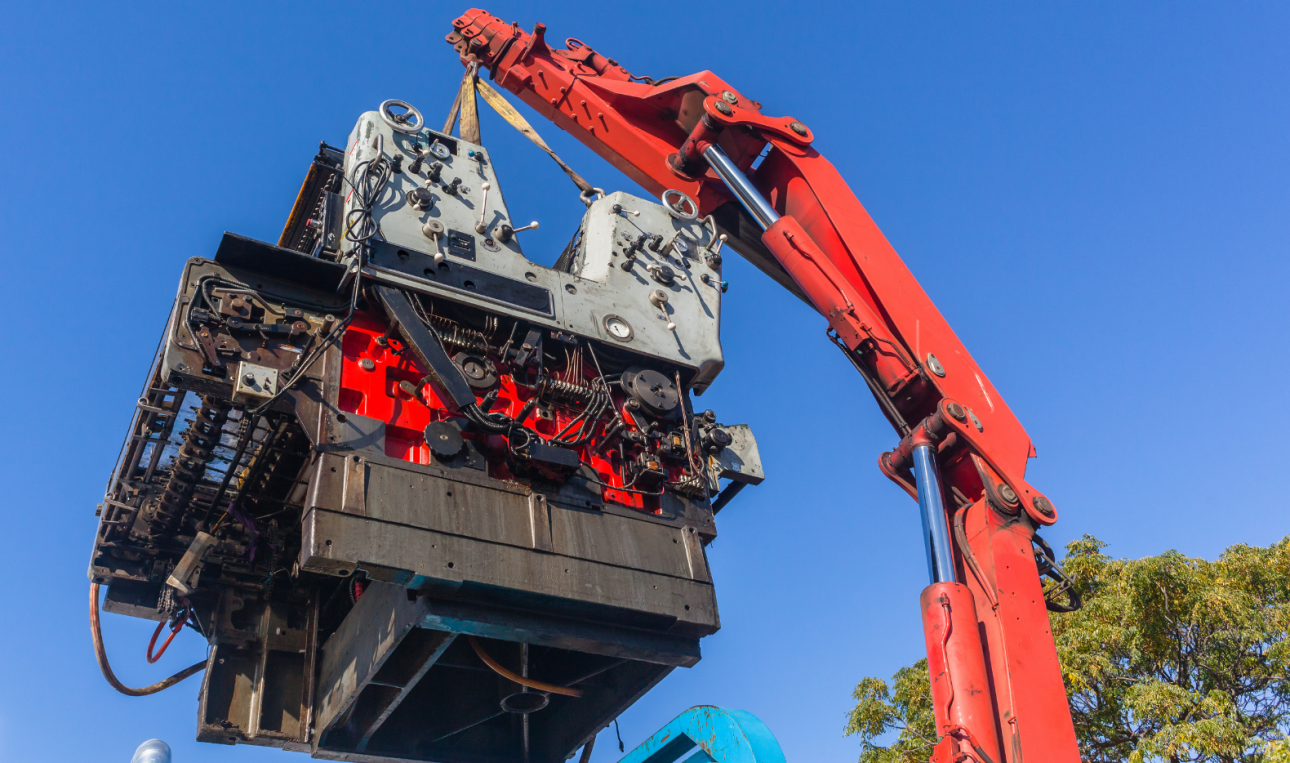Raising Awareness of Load Control Through Rigging Skills Development

The most necessary part of safe lifting in any industrial situation is being capable to control the load. If you don’t comprehend how to safely move large things, the possibilities of accidents, injury to equipment, and catastrophic injuries go through the roof. So, getting to know how to rig well is not just about being proper with tools; it’s also about being more conscious of all the things that have an effect on a load’s stability and movement. With particular training, employees examine to see risks and use the proper procedures, turning hard lifting jobs into controlled, predictable tasks. Full resources like https://natl-safety.com/california/rigging-training-and-signal-person-safety-training/ offer important programs that instill this knowledge, making the workforce safer and more productive.
Protocol for Safety
In rigging activities, following safety rules exactly is not up for discussion.
- This includes checking all rigging gear for damage before the lift in great detail.
- It’s really important for everyone on the team to talk to each other, especially the rigger and the signal person.
- Setting up defined exclusion zones around the hoisted cargo keeps those nearby safe.
- It is not up for debate that rigging activities must follow industry norms and government rules.
- Training programs, such as those at https://natl-safety.com/california/rigging-training-and-signal-person-safety-training/, make sure that workers know about rules and other safety laws that apply to them.
- This compliance keeps both employees and the firm out of legal trouble and encourages a culture of safety.
Improving Skills

Riggers stay skilled and ready for new challenges by continuing to improve their skills.
- Practicing with different sorts of loads and lifting situations on a regular basis boosts confidence and accuracy.
- Keeping up with new rigging gear and technologies keeps the staff up to date and productive.
- Advanced training modules address complicated lifts that need careful planning and execution.
Control with precision
Rigging skills development stresses that every part of load control must be done with care. This means being able to precisely judge distances, manage pendulum swings, and put loads down smoothly without making them bounce. A good rigger can move a big object with little changes, which keeps it from hitting other things or damaging nearby buildings. Finesse shows that you know what you’re doing.
Take charge of your cargo
Investing in rigging skills training helps people become more conscious of how to handle loads. It gives workers more control, makes things safer, and protects important assets. Get expert training to improve your operations and make sure that every lift is accurate, safe, and well-managed.